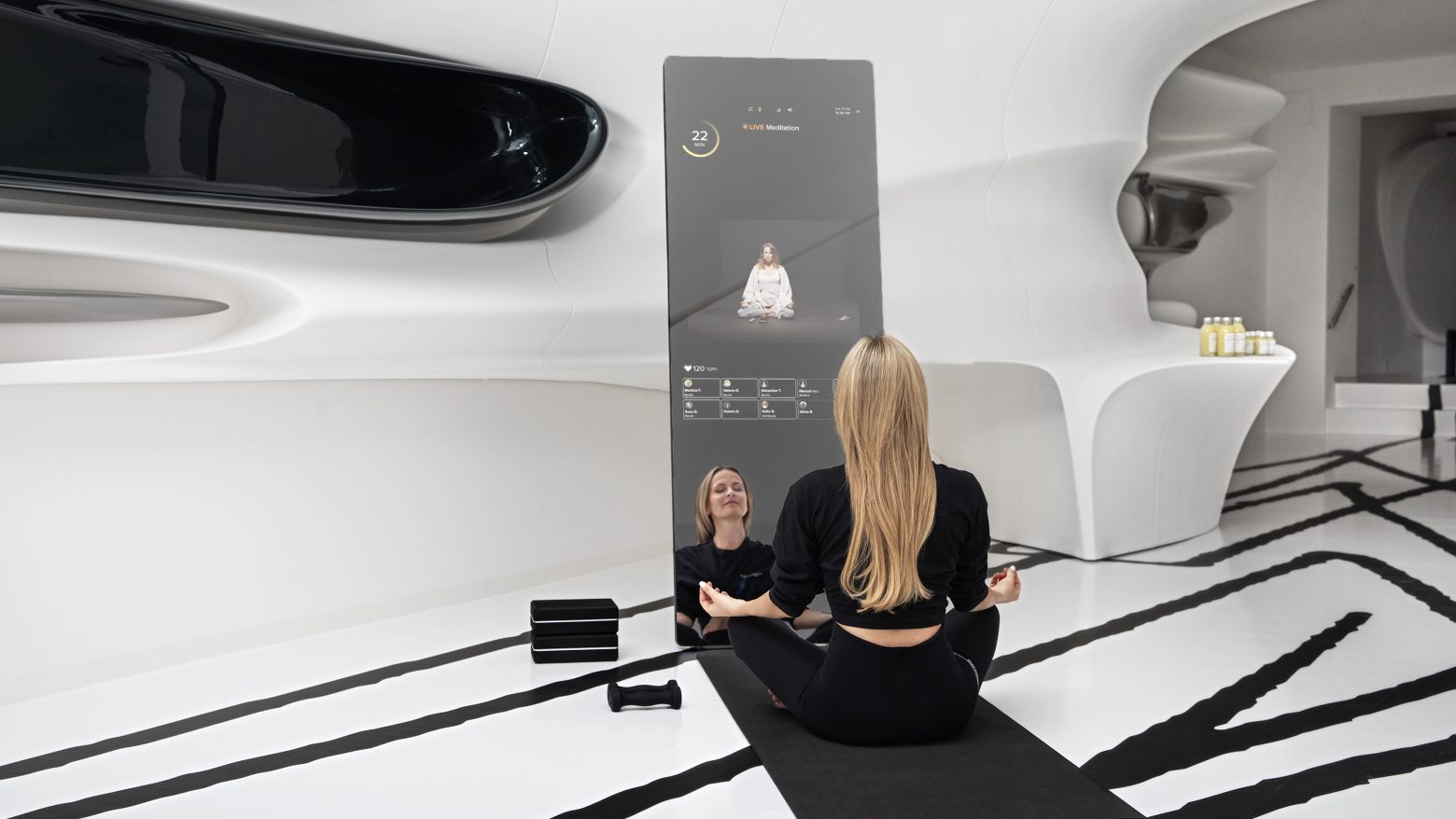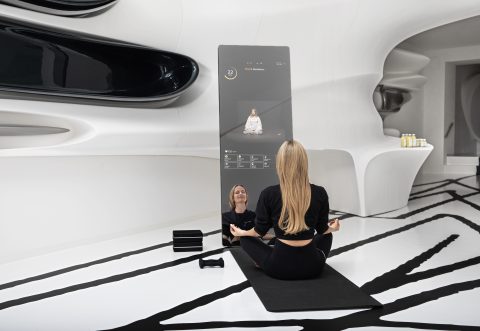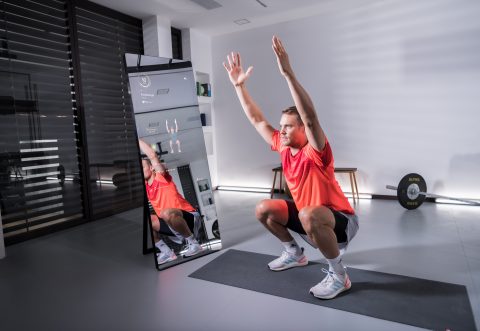For the latest science, we’ve delved into journalist and flow expert Steven Kotler’s book “The Art of Impossible” [1], which identifies all the flow triggers that have been researched so far. Here it is, in a nutshell.
Internal flow triggers
Full concentration
Flow follows focus! A flow state only occurs when you’re fully immersed in the “here and now”, and focus your attention entirely on the task at hand.
Scientific studies have shown that 90 to 120 minutes of uninterrupted concentration is ideal to find flow. So before your next flow session, make sure you can work undisturbed for that amount of time. That means putting your phone on airplane mode, banishing all distractions, and preferably putting a “Do Not Disturb” sign outside your door.
Autonomy
Autonomy influences the intensity of your focus, which makes it another flow trigger. Because when you’re free to decide what you’re engaged in and dedicate yourself to something you’re passionate about, you’re automatically fully focused.
Clear goals
A clear goal helps you increase your motivation and sharpen your focus, as long as it’s concrete and achievable. Even if your ultimate goal is to finish first in a triathlon, you need to be able to measure your progress.
For example, during your daily training, you need milestones, like completing the day’s bike race in a certain number of minutes. That way, you’ll make sure you don’t get pulled out of the moment from having to think about your follow-up steps. With a clear goal in mind, you’ll always know what to do next.
The challenge-skills balance
In his book, The Art of Impossible, Steven Kotler calls the balance between challenge and skill the most important flow trigger. Why? Flow comes from focus, and we’re most focused when the challenge before us is just slightly beyond our capabilities.
When challenges completely overwhelm us, we throw in the towel; yet if tasks are far too easy, we quickly lose interest and digress. If, on the other hand, the task seems feasible but we have to use our entire skill set for it, our focus is at its sharpest.
Curiosity, passion, purpose
All three united push us with full force towards flow. More specifically, the combination of curiosity, passion and a sense of purpose lead to the release of dopamine and norepinephrine – neurotransmitters that boost our motivation, sharpen our focus and make us feel happier.
Immediate feedback
Feedback not only helps us improve, it also heightens our focus because we don’t have to stop and wonder whether we’re doing things right. Any pausing and pondering takes us out of the moment, and therefore out of our flow state.
You can get feedback from your friends, coaches or colleagues. The more often and the more immediate, the better. Some activities even give you feedback while you’re doing them.
A chess player, for example, can immediately see whether his strategy is working or not by looking at his player’s countermoves, and an athlete gets feedback from his coach during a workout or can track his progress himself with a smart fitness tracker.
External flow triggers
A rich environment
An environment that fosters flow states is composed of three flow triggers: it’s novel, unpredictable, and complex.
Novelty | Our brain prioritizes new information because, from an evolutionary biology perspective, it can mean either new possibilities or danger. So our focus automatically becomes centred.
Unpredictability | Likewise, in a situation where we don’t know what’s coming next, our focus increases. This makes an environment with unpredictable elements another powerful flow factor.
Complexity | A complex environment allows our mind to expand its perception. Steven Kotler refers to moments when we rediscover our environment with wonder and childlike curiosity – like looking up at a starry sky and realising that those shiny dots are galaxies in their own right.
As well as spending time in nature, social interactions also provide opportunities for complexity, as they create an environment in which we engage in frequent and unexpected exchanges with others and inspire each other.
High consequences
When you build a certain level of risk into your activity, its flow factor increases, as it were. Your body emits dopamine and norepinephrine as a result of the impending consequences or danger – a cocktail of hormones that doesn’t just feel good, but also sharpens your focus.
For example, a particularly steep downhill slope presents a riskier environment for an experienced mountain biker than a gentle hill, and is more likely to get him and into the flow.
At the same time, risk should in no way mean that you have to put yourself in physical danger to experience flow. Many flow-triggering environmental conditions can be found in social situations – presenting your new idea to all your colleagues in a business meeting can be enough of a risk-trigger to catapult you into flow!
Deep embodiment
The more your whole body, with all your senses, is engaged in an activity, the easier it is to find your flow.
That’s why so many of us experience this state while playing sports. Whether it’s surfing, playing football, or running a 5K, when we engage our whole body and mind in an activity, not only do we find our best form, but we also feel energised and fulfilled.
Bottom line
So that’s it, you now know the best ways to dip in and out of a flow state. Whether you set up your environment to inspire your flow, or hack your focus by harnessing your inner flow triggers, you now have everything you need to flow into your full potential!
If you’re curious for more, check out our article summarising the 10 characteristics of a flow state.
Ready to find your flow? At VAHA, we’ve made it our mission to trigger you into flow during our sessions, so that working out never feels like a chore again!
Sources:
[1] Steven Kotler: The Art of Impossible. A peak performance primer. New York 2021.



